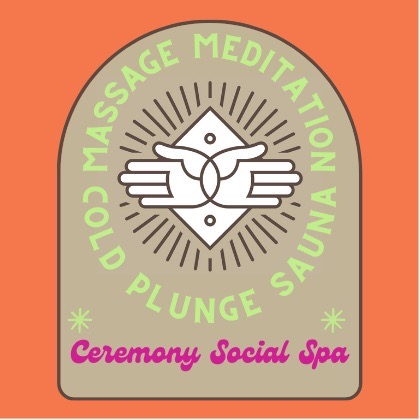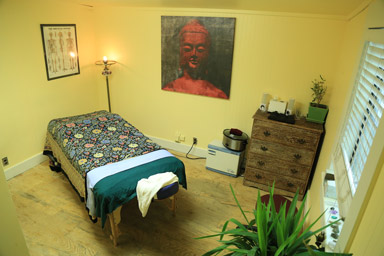Welcome to an incredible experience! If you’ve never received a massage before, you may be wondering what to expect. Many people have never had the privilege of receiving massage from a professional- you’re not alone!
Here are some explanations and tips to help you get the most of your experience.
The Appointment
Consider traffic when setting a time for your appointment. If you get off work at 5:00, a 5:30 appointment across town might be a stretch during rush hour! Likewise, weekends often feature massive events and festivals of which you had no idea. Plan transportation accordingly to arrive earlier rather than later.
If you feel strongly about the gender of your therapist, it is important to mention this while making the appointment. If you aren’t sure, be confident that your massage therapist will conduct him/herself in a completely professional manner. This means: no genital or breast tissue contact and responding to you during the massage if you want anything different.
The Intake
Arrive a bit early, there will be paperwork to complete. Read the intake form carefully and answer every question thoughtfully. Some areas of your body may be ticklish, sensitive or experiencing pain. Make a note of these to avoid disruption during your session. If you have old, serious injuries or recent injuries of any kind- please let your therapist know so they can accurately treat the affected area.
There is a section of the intake to designate areas you wish avoided. Are you familiar with the following muscles?
Pectorals: Upper chest, connecting the shoulders to the torso along the upper rib cage. Does not include breast tissue. If your shoulders hunch forward, your pecs are tight!
Glutes: Your butt. Underneath the natural padding we all have a complex series of muscles connecting our lower back, hips and criss-crossing from our abdomen and upper thighs. Lower back pain is typically an indication of muscular tension in the glutes.
Abdomen: There are more muscles around your core than just that six-pack! If you have a job where you sit at a desk all the time, you likely have tight psoas muscles. Releasing the psoas is achieved through abdominal massage.
There are many types of massage. While each therapist has developed their own unique style, all massage therapists receive training in the following:
Swedish: A relaxing technique utilizing long, sweeping strokes and gentle pressure.
Deep Tissue: Heavy pressure is applied to access muscular tension below the surface. Stretching of limbs while pressure is applied is common.
Pressure Point: Muscular pain often exhibits in one area while its source is located at the attachment of the muscle, sometimes on the other side of your body. Pressure is applied to the source of the pain, rather than the site of pain for effective release of tension.
The Massage
Prioritize your comfort when undressing! Some people choose to leave nothing on so the therapist does not have to “work around” cloth, while others are most comfortable with underwear. Socks, if left on, may be interpreted as a wish for your feet to be left alone. The best way to avoid discomfort around modesty is to communicate with your massage therapist.
If there is anything your therapist can do to better achieve your goals for the session, speak up! There are so many styles of massage, and so many personal preferences between clients. Don’t feel shy to communicate yours. Your therapist will appreciate the chance to provide you a satisfying massage experience.
Breathe!
After the Massage
Drink lots of water to assist your body in transitioning back to movement. Tip your therapist according to your appreciation. Stretch. Come back!


Great introduction to massage and what people should expect when they come to get a massage.
I am sure that clients’ will feel alot more at ease after reading this page.
Good luck with your practice and keep up the good work!
Best wishes,
Lubna
I am a plus size woman. I have always wanted a massage but have never done so due to being self-conscious. Do any of your therapists work with plus sized people?
Hi Aimee, there’s no reason to be self-conscious! Our therapists work on bodies of all shapes, sizes, and fitness levels. All bodies deserve to be cared for, and massage is a great way to take care of yours!